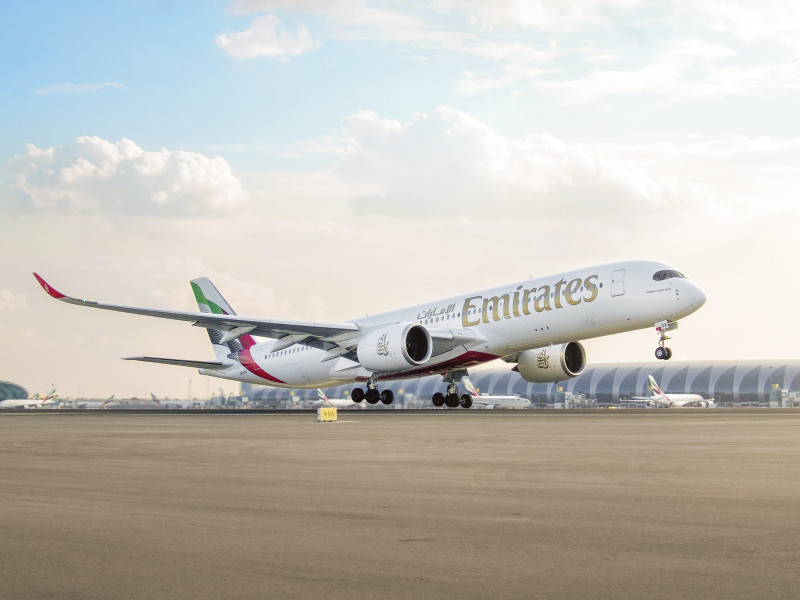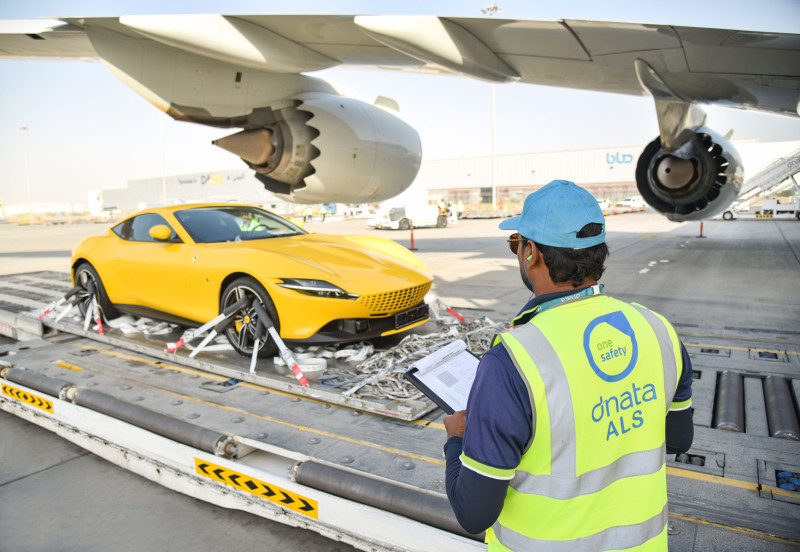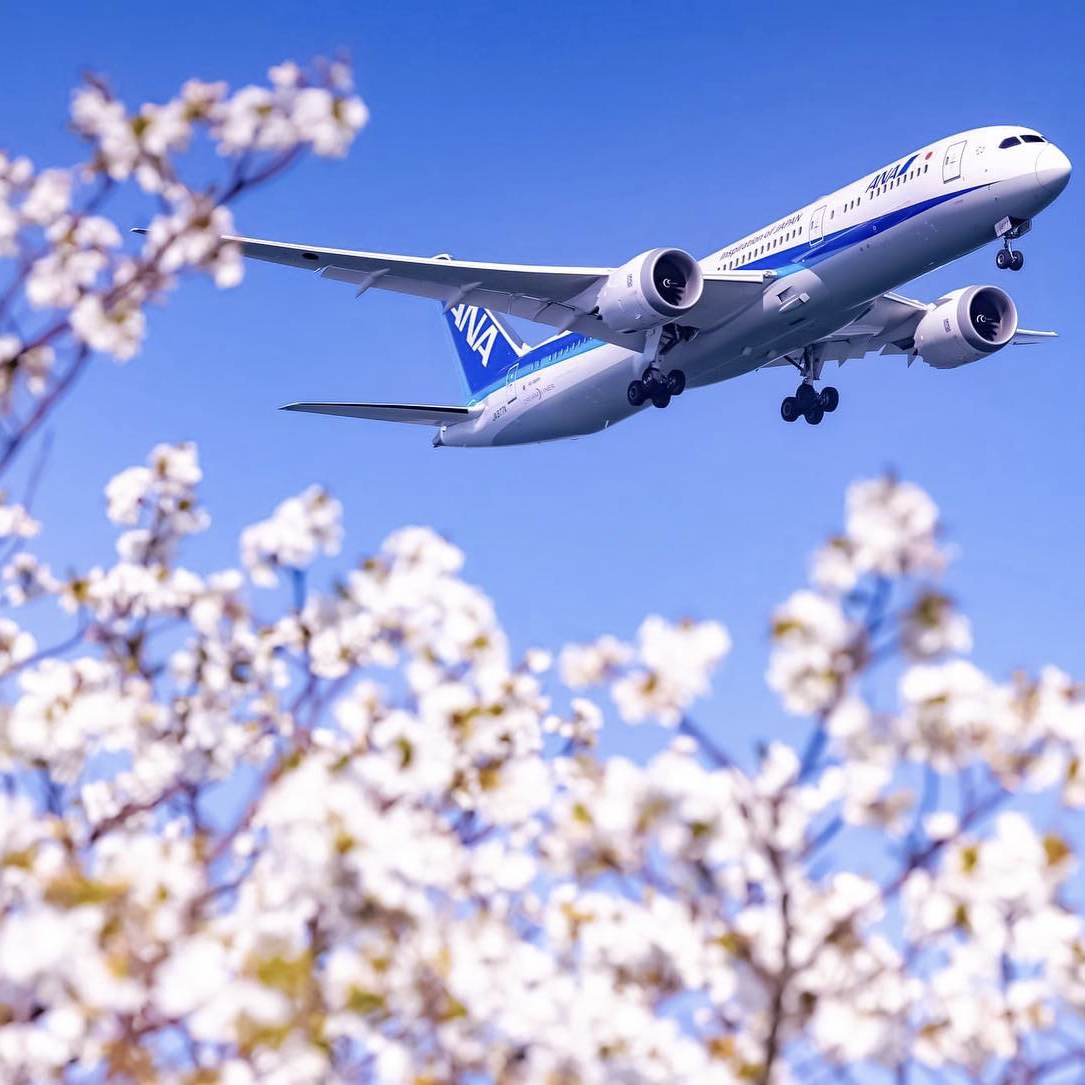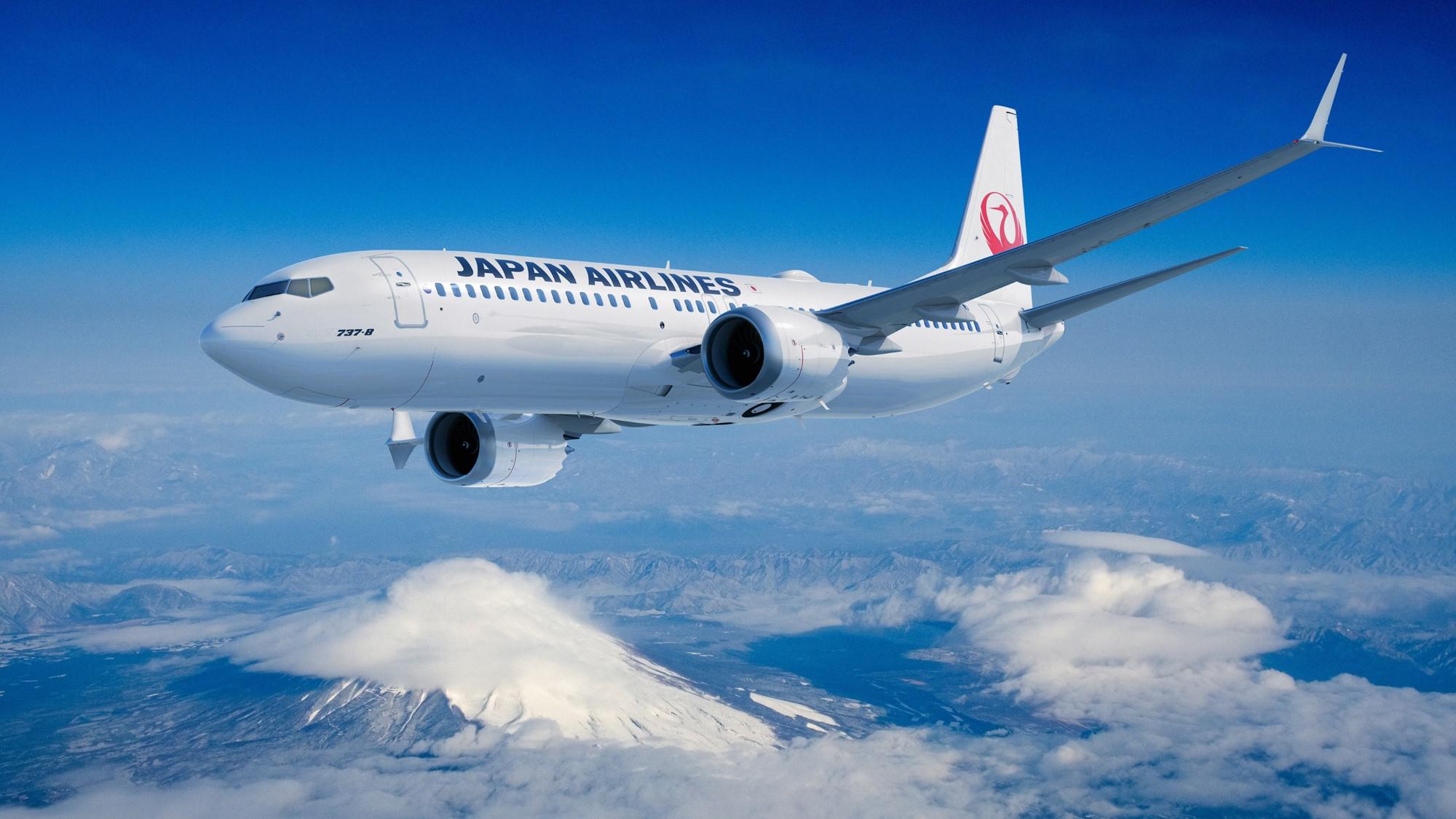
Saudi Arabia, a land of ancient heritage, sweeping deserts, and futuristic cities, has revolutionized its visa system to welcome international travelers.
The Saudi Visa Portal now offers streamlined processes, making it easier than ever to explore this once-exclusive destination. Here’s your comprehensive guide to securing a visa and embarking on an Arabian adventure.
Saudi Arabia’s Visa Reforms: A New Era for Tourism
As part of Vision 2030, Saudi Arabia has dismantled barriers to tourism, introducing user-friendly visa options to attract visitors from 63 eligible countries, including the US, UK, EU member states, Australia, and Japan. From the rose-red ruins of Al-Ula to the pristine beaches of the Red Sea, the Kingdom is positioning itself as a must-visit destination for cultural, business, and leisure travelers.
Visa Options for Every Traveler
- Tourist eVisa
- Americas: United States, Canada
- Europe: All Schengen Area countries (e.g., France, Germany, Italy, Spain), United Kingdom, Russia, Ukraine, Andorra, Malta, Monaco, San Marino
- Asia-Pacific: Australia, New Zealand, Japan, South Korea, Malaysia, Singapore, Brunei, Kazakhstan, China (including Hong Kong and Macau), Thailand
- Middle East & Africa: UAE, Kuwait, Oman, Bahrain, Qatar, Morocco, Seychelles, Mauritius
- Others: Azerbaijan, Turkey, Ukraine, South Africa
- Eligibility: Available to citizens of 63 countries, including:
- Validity: Multiple entries over 1 year, with stays up to 90 days per visit.
- Process: Apply online via the portal, upload a passport photo and bio page, pay SAR 535 (≈$143), and receive approval within 5-30 minutes.
- Perks: Includes mandatory health insurance.
- Visa on Arrival
- Available to GCC residents (UAE, Kuwait, Oman, Bahrain, Qatar) and eligible nationals not covered by the eVisa program. Obtainable at Saudi airports with proof of accommodation and a return ticket.
- Transit Visa
- Stopover travelers from any nationality can stay up to 96 hours with a valid onward ticket.
- Business & Family Visit Visas
- Require invitation letters from Saudi hosts or employers.
How to Apply for the Tourist eVisa
- Visit the Portal: Click here to access.
- Complete the Form: Enter personal details, travel plans, and passport information.
- Upload Documents: Passport bio page (6+ months validity) and a recent photo.
- Pay Fees: Credit/debit card payment.
- Receive eVisa: Delivered via email; print a copy for border control.
Key Requirements & Tips
- Passport: Must be valid for at least six months.
- Health Insurance: Included with eVisa; verify coverage for COVID-19 if required.
- Cultural Sensitivity: Dress modestly, respect prayer times, and avoid public displays of affection.
- Prohibited Items: Alcohol, pork products, and religious materials contrary to Islam.
Why Visit Saudi Arabia?
- Cultural Gems: Explore UNESCO sites like Al-Hijr (Madain Saleh) and Diriyah, the birthplace of the Saudi state.
- Natural Wonders: Dive in the Red Sea, hike the Asir Mountains, or camp under starry desert skies.
- Urban Marvels: Experience Riyadh’s King Abdullah Financial District and Jeddah’s historic Al-Balad.
- Festivals: Attend Riyadh Season or the Al-Ula Arts Festival for a taste of local culture.
Final Tips for Travelers
- Check Eligibility: Confirm your country’s status on the official visa portal.
- Plan Ahead: Apply at least 72 hours before travel to avoid delays.
- Stay Informed: Policies may change; always verify details on the portal.
Saudi Arabia’s visa reforms mark a bold step toward becoming a global tourism hub. With simplified processes and diverse attractions—from ancient archaeology to cutting-edge innovation—the Kingdom invites travelers from 63 countries to uncover its secrets.
Pack your bags, secure your eVisa, and prepare for a journey through the heart of Arabia.
Note: The full list of eligible countries is subject to change. Verify your eligibility and requirements on the official portal before applying.



















.jpg)























.jpg)








.jpg)







